Others however, seem eager to blossom during such dry spells, perhaps to more quickly be able to produce seed that might offer better chances for the next generations’ survival — if the drought conditions continued longterm and they may lack the energy to blossom later.
A few friends died recently. The general sense of loss, and perhaps some unconscious unresolved relationships, along with the complex mix of general angst our media promotes, some exhausting workdays, all weighed on my heart to the point of physical discomfort the last few weeks.
Out of genuine concern, I try to pay attention to how our culture interacts with the “natural world” (a phrase I dislike because it promotes the notion the world humans have built is somehow not encased within the “natural” one). Examining the way our modern industrial society relates to the Earth also quickly reveals painful truths and more heart-ache.
Trying to to see with honest eyes, probing for the truth, can do that. Of course we ought to be wary and aware of where we are seeking said “truth.” The only genuine source is deep within.
I wonder: during challenges do I pull inward or send out blossoms to nurture seeds in the future? Entering into an exchange of our sincere self is a form of shared nurturing.
I enjoyed a long slow dinner with a dear friend the other evening. The conversation (for us both, I believe) was a balm for hearts that recently had felt wrung out. We each had intense experiences we were eager to articulate in order to better understand. And both grateful for the sharing. There’s that important balance of rational thought, and emotional intelligence. Yet within (and in a way beyond) each of our experiences was a profound core that I felt transcended intellect or emotion, and in a way circumstance.
This hard-to-define aspect has to do with an “awareness” of our shared connections with everyone, and all life. Words are limiting, imperfect tools.
Robin Wall-Kimerer, a scientist, insightful author, and wonderfully wise soul, suggests our science (and so, our culture) teaches us to learn the names [of fungi, plants, animals, all on this Earth] but we ignore their songs. Indeed! Our culture tends to look and define; Indigenous traditions tend to listen.
It can be hard to listen, and it’s said over 75% of our communication is nonverbal. Consider that with digital typed communication, including commenting on social media, and it’s no wonder we struggle to not argue. The framework seems to encourage the opposite. I’m keenly aware I don’t succeed at it as often as I’d like, especially in this realm. I’ve offended others, and recognize my ego’s tendency toward verbosity. I can see (regrettably in retrospect) misunderstandings from my own failure to “hear” beyond the literal meaning of someone’s words, to catch the more important feeling that is driving what they’re expressing.
Still, I want to try. Within my work week and daily responsibilities, especially during this seemingly frenetic era, I feel it’s evermore crucial to make time to consciously listen. To my coworkers on a job site, to my friends, to the chirping goldfinches pecking at the seeds of the coneflowers, to the dogs that rush to greet me as I walk through my hood, to the currently low, yet steady flow of this very old, wise river. Many insights are not expressed nor conveyed in words.
Listening seems to shift my priorities from seeking external control, reacting, and outward “action” to more conscious responding, and, in my better moments allowing a deeper understanding to guide me.
We’re heading into what everyone agrees are evermore challenging circumstances across the globe; surely we better the options for life to blossom if we work together rather than against one another. Listening seems a crucial first step.








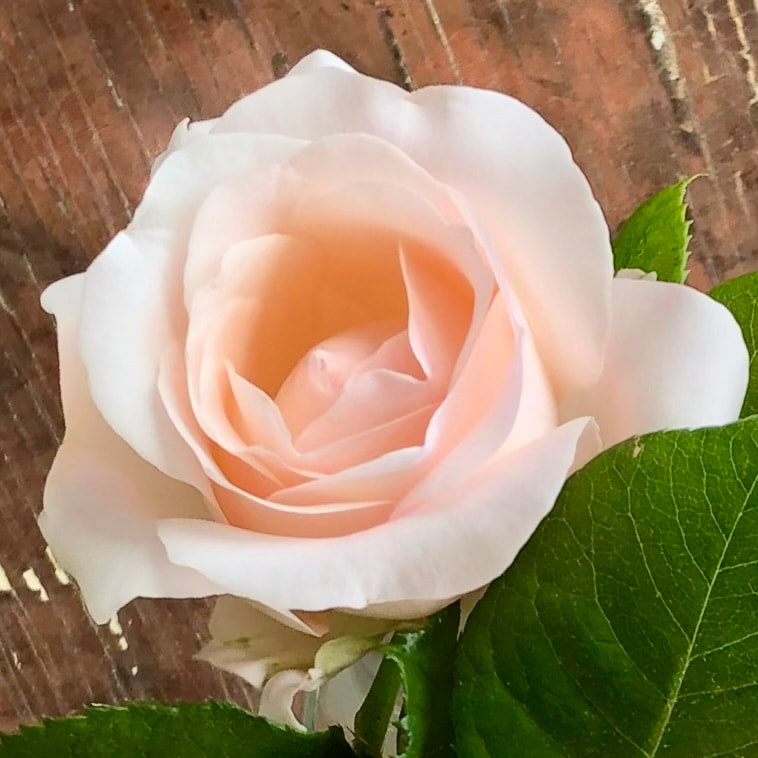

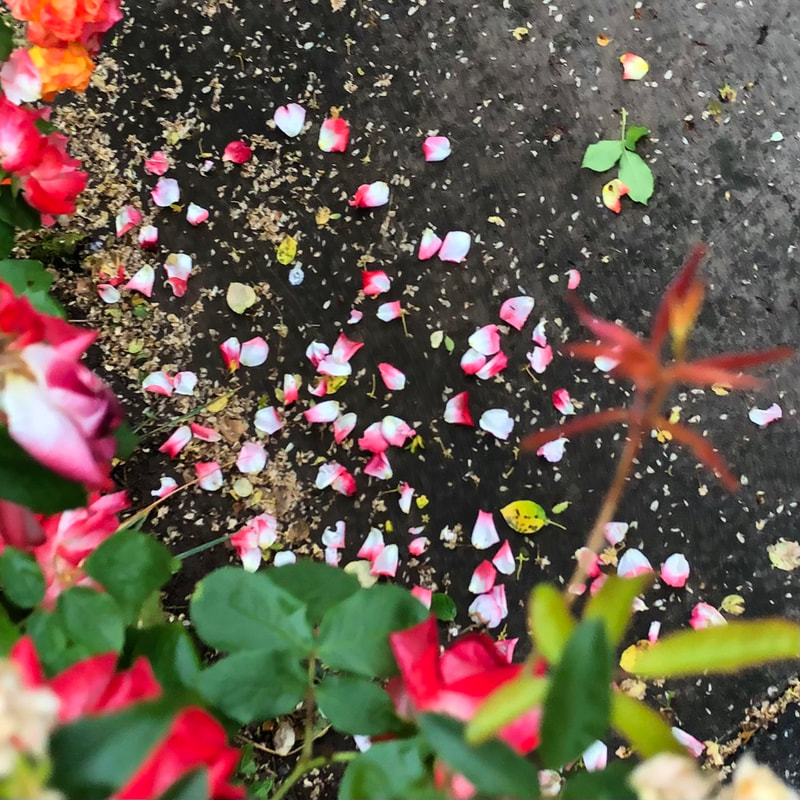
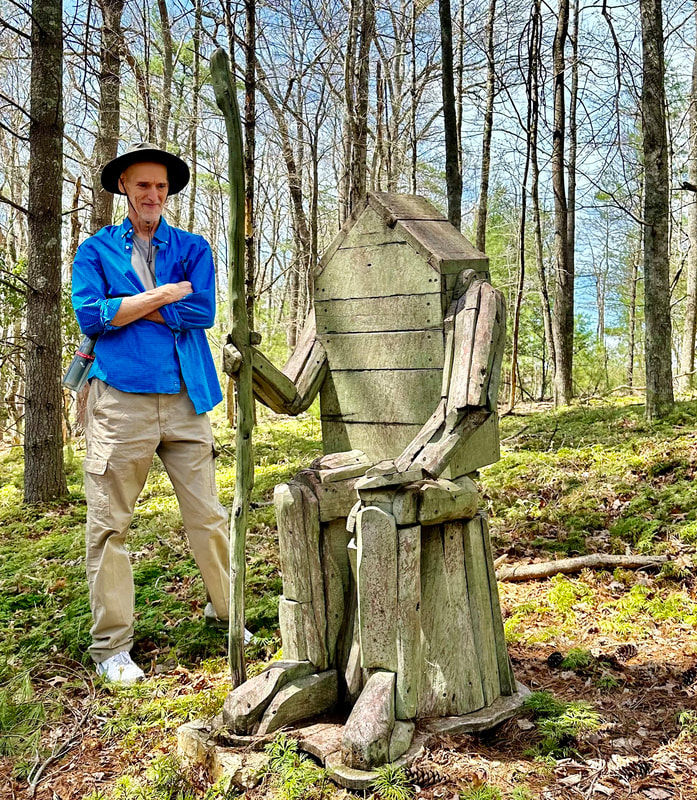
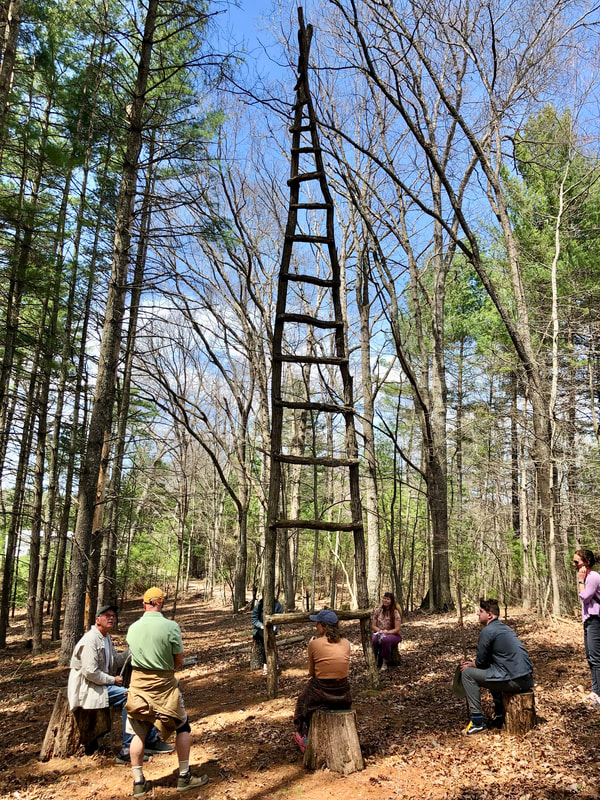
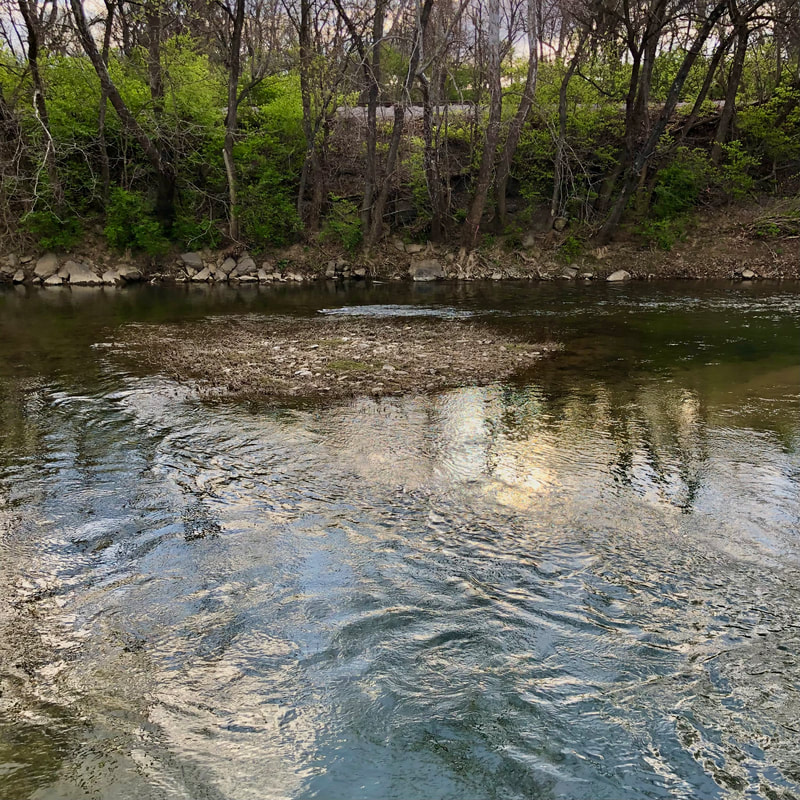
 RSS Feed
RSS Feed